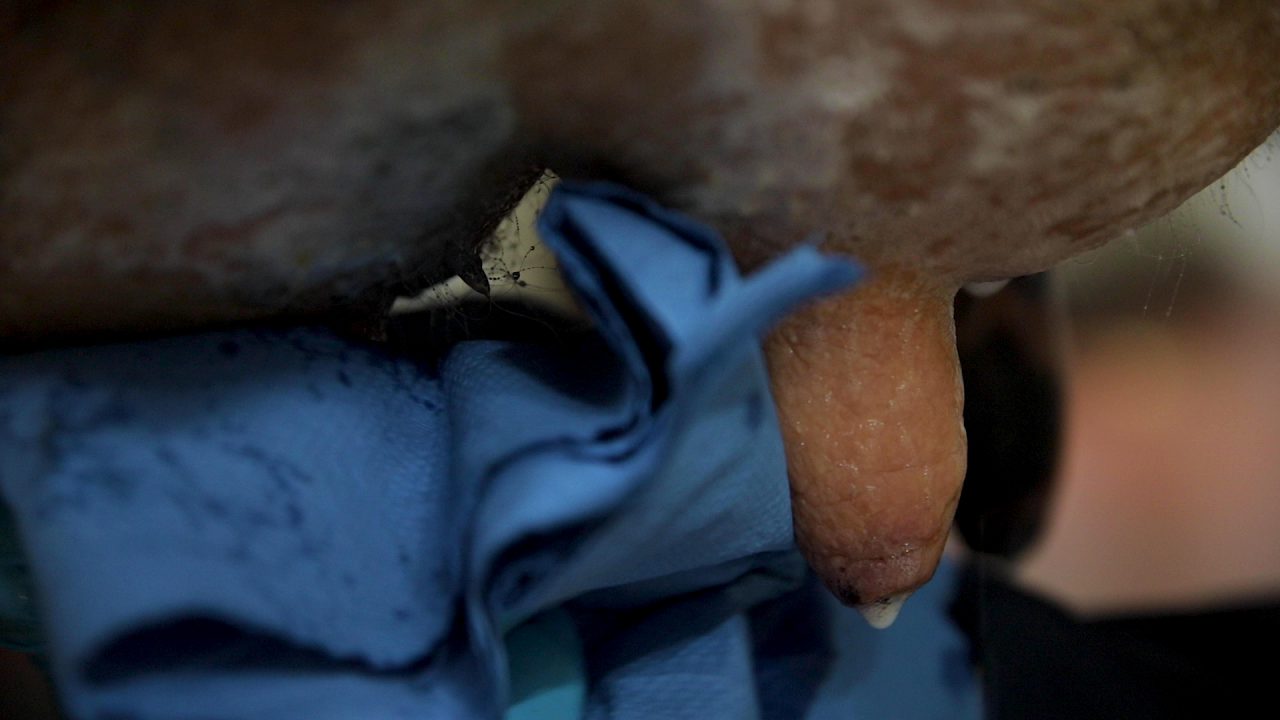The drying off of spring-calving cows has begun on many farms, as they wind down ahead of the winter dry period.
The drying off process has been described as the start of the next lactation, with mastitis or cell count issues in early lactation usually being traced back to the drying off process.
To ensure that you have a successful drying off process, you should develop a protocol for your farm and stick to it.
Drying off
You should avoid drying off more than 20 cows in one day, unless multiple people are actively drying off cows.
Dry off cows that require antibiotics and those that are only receiving a teat sealer in different batches, to avoid confusion.
Hygiene is extremely important during the process, so ensure you have plenty of gloves, paper towels and disinfectant. You should also be wearing a clean apron.
The clipping of cow tails will also help to keep the process more hygienic.
The following 17 steps are a good guide on how you should dry cows off:
- Wear a milking apron / parlour suit and nitrile disposable gloves;
- Identify the cow and clearly mark her with an ankle strap, tail tape or marker;
- Milk out the cow completely;
- Ensure that the teats are completely clean and dry;
- Disinfect the teat ends thoroughly with cotton wool and methylated/surgical spirits by vigorously rubbing the teat end opening for a minimum of 10 seconds – this step is critical;
- Disinfect the teats furthest away, followed by teats nearest to you to prevent re-contamination;
- Check the teat wipe – if there is a dirty colour, repeat the scrub using a new cotton ball until it is clean;
- Treat the teat ends nearest you first, followed by the more distant teats to prevent re-contaminating the teats;
- Keep the nozzle of the tube sterile to prevent introducing new infections into the teats and udder;
- Insert the tip of the nozzle into the teat opening and squeeze the contents gently into the quarter – it is not necessary or recommended to insert the tube nozzle to its full depth, as this may damage the teat end;
- When the tube is emptied into the teat, massage the antibiotic up into the quarter;
- The same procedure as outlined in steps 8,9 and 10 should be followed for the teat sealer;
- For the teat sealer you should pinch the top of the teat with two fingers (near the udder) and insert the contents of the teat sealant tube into the cows teat. Do not massage as the product must remain in the teat canal to be effective;
- Thoroughly spray or dip the teats with teat disinfectant after treatment;
- Record the antibiotic used (if used);
- Make note of the cow number, date, product used and withholding period;
- Leave cow to stand for approximately two hours to allow teat canals to close.
Dry period
One you have dried the cows off, the work unfortunately is not complete. You need to ensure that cows are housed in a clean environment with a low bacteria burden.
For cows being housed in cubicles, the bacteria burden needs to be controlled. Hydrated lime is an effective product to lower the pH of cubicles, which suppresses bacterial growth.
The recommended level of hydrated lime per cubicle is 170g, twice daily.
